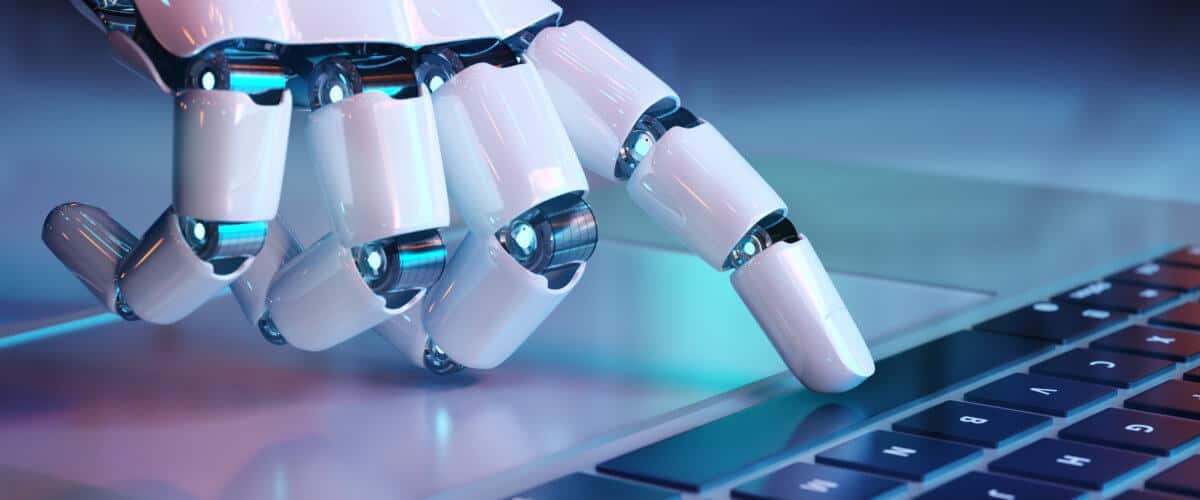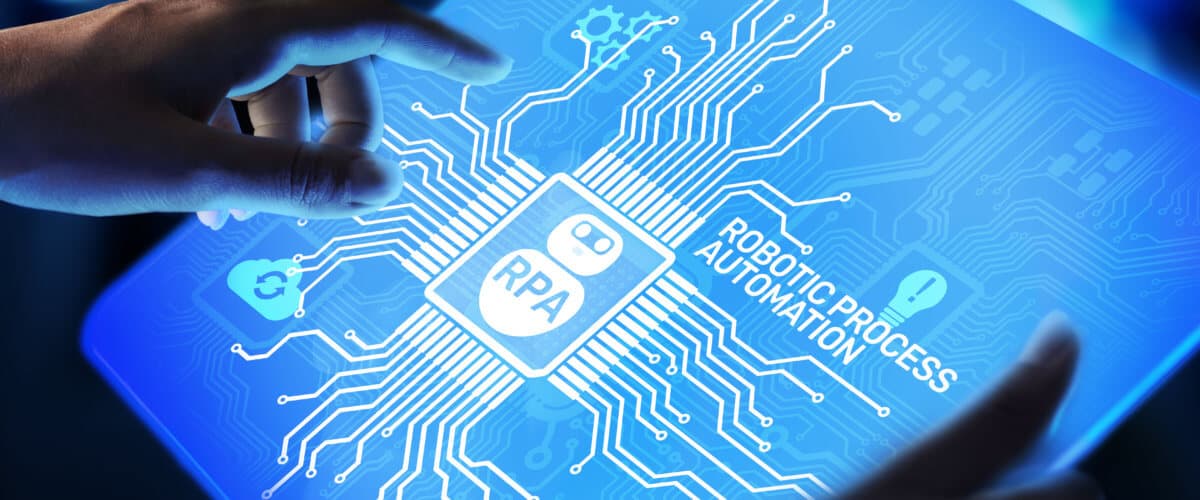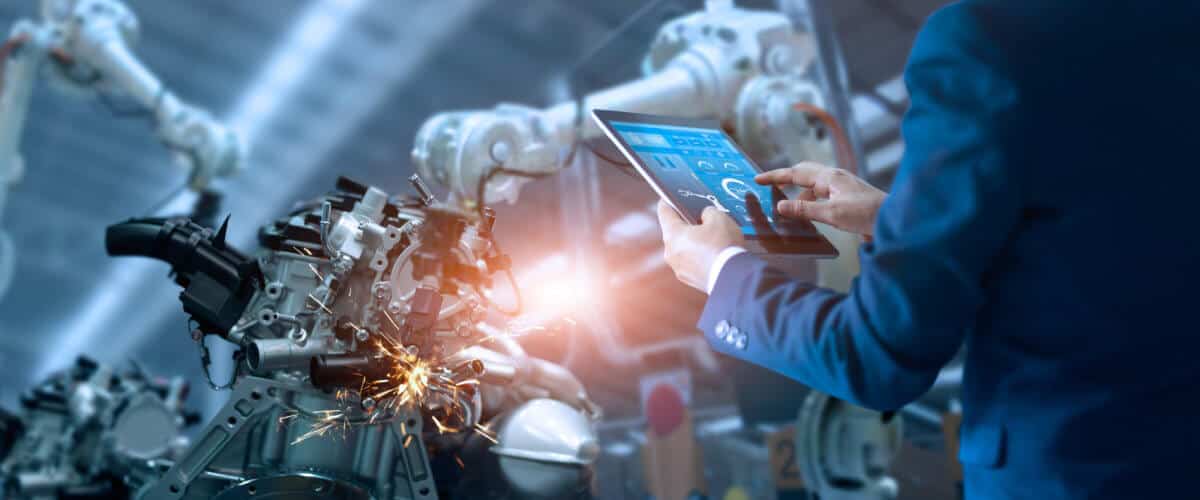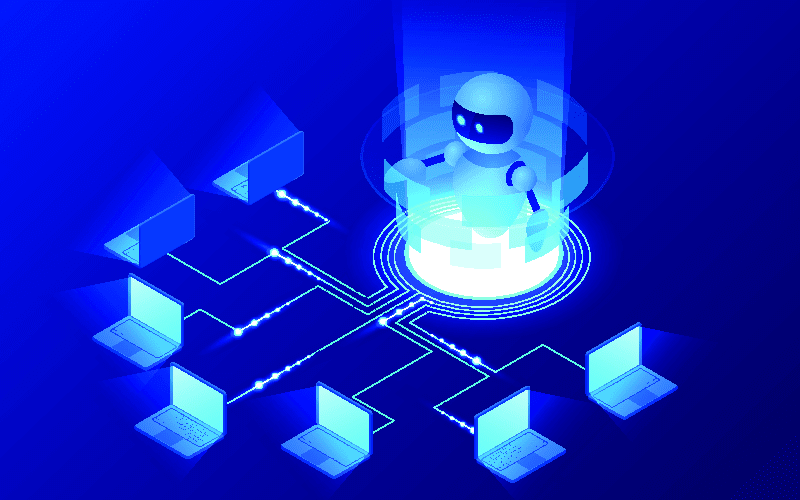When a job involves routine chores, it can get extremely mundane. People are naturally drawn to tasks that are intriguing and non-repetitive. Robotic Process Automation (RPA) is a life hack for boring routines.
Many businesses have departments that deal with repetitive tasks that need to be handled in the same manner within a specific duration of time. Performing these sorts of operations with a manual workforce is no longer good for business. Besides, employees get bored and less motivated about their jobs. The new-age technology, Robotic Process Automation (RPA), on the other hand, can handle all these routine tasks with greater efficiency and lower expenditure.
As per the reports of Precedence Research, the global robotic process automation market size was valued at $2.65 billion in 2021. According to Zachary Willams, a business analyst, the global robotic process automation market size is expected to reach $23.9 billion by 2030 with a Compound Annual Growth Rate (CAGR) of 27.7% between 2021 and 2030.
What Is an RPA?

Zachary Willams in his book, A Guide to Robotic Process Automation for the Average Worker, defined RPA as “the deployment of machines to implement job functions with higher accuracy and precision at rapid frequencies”. The goal of the technology is to assist people by removing all the tedious repetitive tasks and delivering enhanced productivity.
RPAs are popularly used to automate repetitive operations in various business departments like finance, customer service, human resources, and supply chain. It has a wide range of applications, but most commonly they are designed to run: data extraction, invoice processing, portal inquiries, price processing, consumer data maintenance, and file validation.
How Does It Work?

Depending on the objective of setting the RPA, there are two types of automation alternatives: Attended and Unattended Automation. Attended bots are perfect to run on computers and assist in completing tasks in our day-to-day lives with a faster and better performance by working along with humans. It’s like having a personal assistant that you can count on with all your to-do lists. In reverse, when interactions with humans are not required to execute a task, unattended automation is utilized to run the processes on a backend server. In this case, structured workflows are automated to run on servers, through self-triggering pre-scheduled commands.
It’s possible to integrate both attended and unattended RPA to get the best out of both of their features. One runs on your desktop and the other on a server.
Benefits of RPA

The primary objective of a business is maximizing its profit while lowering its expenditures. Using the RPA technology companies save money, as working bots assist them in running their structured repetitive activities in a shorter amount of time. RPA has been praised all along since it doesn’t require discarding an existing workflow configuration; instead, it simply integrates operations with any new program on board.
Some of the most notable benefits of RPA are:
- It has a lower initial investment as compared to the price of other software tools.
- It assists to complete tasks in a shorter period.
- It contributes to enhanced productivity. According to several reports from businesses, at least 60% of repetitive are eliminated with RPA resulting in a higher output rate.
- It executes jobs with improved precision and better quality.
- It reduces the cost associated with processing repetitive tasks by employees.
- It provides improved compliance and operational control.
How to Setup an RPA?

RPA is not an actual physical robot. It is more of installable software. RPAs are created using program tools like UiPath, Blue Prism, Keysight’s Eggplant, and Automation Anywhere are used to design an RPA. When choosing tools to set up an RPA it is important to make sure that they can provide an interface to program a bot, interact with various systems through screen scraping and make decisions based on inputs gathered from system files.
The following steps are to be followed when setting up an RPA:
- Identify and gather all the necessary information about the processes and the parameters to be automated.
- Define actions for the bot should execute
- Create automation workflows and instructions using RPA tools
- Design all the rules and frameworks
- Run a pilot test
- Evaluate the pilot outputs
- Launch your bot
- Keep proving support and maintenance so the bot is continuously updated
Once the RPA is set, it will be good to go for interacting with other digital systems, extracting data, processing data, and inserting it into other applications.
Implications for the Workforce

RPA is utilized to collaborate with human workforces by automating repetitive mundane tasks by using structured inputs and logic. Even though it is currently praised for its cost reduction, quality improvement, and time-saving features, with integrations with Artificial Intelligence (AI) technologies in the future, it is believed to have several tremendous potential in diverse areas of industries. Bots will no longer just stick to the instructions set by their creator, they will be enhanced to access machine learning capabilities.
Due to the rapid adaptability and flexibility of RPA programs, the technology will be able to proclaim the infinite number of possibilities for solving business problems. In addition, cognitive capabilities are being demanded as firms try to automate more complicated business problems using unstructured sources of information like emails, voice, and scanned documents. As a result, future RPAs will be fully integrated with all the technological advancements of AI. Without a doubt, future businesses will have higher efficiency, cost savings, and customer satisfaction.
Today, RPA is perceived as a non-cognitive bot that is out there to assist humans with their boring chores. In the future, with the help of AI, they will have cognition abilities. Chances are, bot programming is going to be a crucial skill.
Photo: Fit Ztudio/shutterstock
You might also like:
Everything You Need to Know About 3D Bioprinted Human Organs
Support us!
All your donations will be used to pay the magazine’s journalists and to support the ongoing costs of maintaining the site.
Share this post
Interested in co-operating with us?
We are open to co-operation from writers and businesses alike. You can reach us on our email at [email protected]/[email protected] and we will get back to you as quick as we can.









